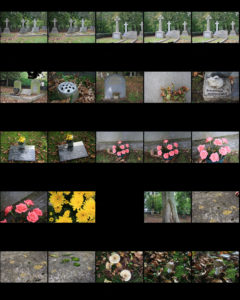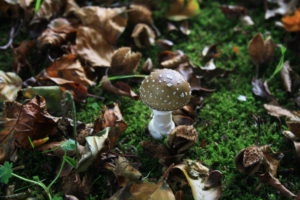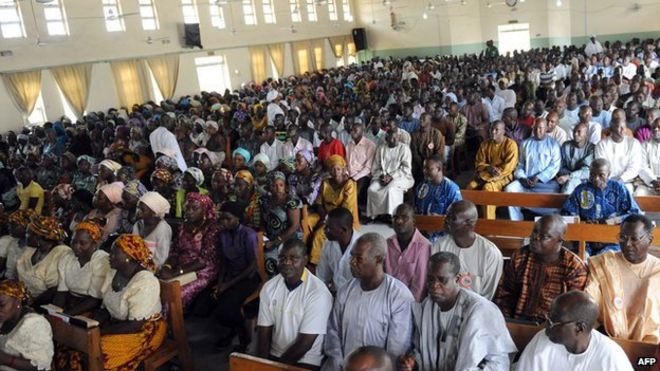Download Personal Study Planner 2018 and monitor and track on a weekly basis.
What is a Personal Study?
The aim of this unit is to critically investigate, question and challenge a particular style, area or work by artists/ photographer(s) which will inform and develop your own emerging practice as a student of photography. The unit is designed to be an extension of your practical work in your Personal Investigation module where the practical informs and develops the theoretical elements and vice versa of your ongoing project.
Your Personal Study is a written and illustrated dissertation, including a written essay (1000-3000 words) and a photographic body of work (250- 500 photos) with a number of final outcomes produced from your Personal Investigation unit.
This year you have to make a photo book, either online using Blurb or by hand using traditional book binding techniques, which you design to include both your essay and a final selection and sequence of your photographs produced as a response to your chosen theme(s) of FAMILY or ENVIRONMENT
In addition, we are also expecting that those of you who want to go above and beyond to achieve top grades will produce a mini film/ pod cast with sound and images based on the same narrative as above
All your usual research, analysis, planning, recording, experimentation and evaluation will be posted onto your BLOG
What it says in the syllabus (Edexcel)
- Essential that students build on their prior knowledge and experience developed during the course.
- Select artists work, methods and art movements appropriate to your previous coursework work as a suitable basis for your study.
- Investigate a wide range of work and sources.
- Develop your written dissertation in the light of your chosen focus from the practical part of previous coursework and projects.
- Establish coherent and sustainable links between your own practical work with that of historical and contemporary reference.
- Be aware of some of the methods employed by critics and historians within the history of art and photography.
- Demonstrate a sound understanding of your chosen area of study with appropriate use of critical vocabulary.
- Show evidence for an ongoing critical and analytical review of your investigation – both your written essay and own practical work in response to research and analysis.
- Develop a personal and critical enquiry.
- Culminate in an illustrated written presentation.
How to get started: Link your chosen area of study to your previous work, knowledge and understanding based upon your chosen theme(s) of FAMILY or ENVIRONMENT.
It is expected that you will continue to explore an idea or a project that you have already started in your Personal Investigation module. You have 7 weeks in lessons and over 2 weeks at Christmas to complete your Personal Study including all relevant blog posts and a photo book with your illustrated essay. There is still time for you to make new images and we expect you to complete at least 4-5 new shoots in the next 4-5 weeks.
For further inspirations and starting points see blog post Past Personal Studies from previous students,, including links to photo books and essays.
Here is a link to a range of photo essays by MA Photography students featuring on the BBC Website currently…
http://www.bbc.co.uk/news/in-pictures-38142496
All other resources, PPTs, Essay tools etc go to:
M:\Departments\Photography\Students\Resources\Personal Study
Week 12: 27 Nov – 3 Dec
Objective: Criteria from the Syllabus
- Essential that students build on their prior knowledge and experience developed during the course.
Lesson task: Choose one Personal Study from past students, either from blog post above or photobooks in class. Look through sequence of images carefully and read the essay. Present the study in class and comment on the book’s, concept, design and narrative. Review the essay and comment on its use of critical/ contextual/ historical references, use of direct quotes to form an argument and specialist vocabulary relating to art and photography. Make an assessment using the mark sheet and calculate a grade.
Blog: Produce a number of posts that show evidence of the following:
- Review and reflect on your Personal Investigation and write an overview of what you learned and how you intend to develop your Personal Study project. Describe which themes, artists, approaches, skills and photographic processes inspired you the most and why. Include examples of previous work to illustrate your thinking.
Objective: Criteria from the Syllabus
- Select artists work, methods and art movements appropriate to your previous coursework work as a suitable basis for your study.
- Investigate a wide range of work and sources.
- Artists References: Research artist/photographers, methods and art movements appropriate to your Personal Study.
- Find at least 3-5 sources (articles, books, blog, website, films etc) about your artists and contextual studies.
Homework – Independent Study:
Begin to read, make notes, identity quotes and comment to construct an argument for/against. Review and reflect on how you intend to respond to their work.
Week 2: 4th – 10th Dec
Objective: Criteria from the Syllabus
- Establish coherent and sustainable links between your own practical work with that of historical and contemporary reference.
- Develop your written dissertation in the light of your chosen focus from the practical part of previous coursework and projects.
Blog: Produce a number of posts that show evidence of the following.
- Think of a hypothesis and list possible questions.
Here is a list of possible questions to investigate that may help you.
2. Essay Plan: make a plan that lists what you are going to write about in each paragraph – essay structure.
- Essay question:
- Opening quote
- Introduction (250-500 words): What is your area study? Which artists will you be analysing and why? How will you be responding to their work and essay question?
- Pg 1 (500 words): Historical/ theoretical context within art, photography and visual culture relevant to your area of study. Make links to art movements/ isms and some of the methods employed by critics and historian. Link to powerpoints about isms andmovements M:\Departments\Photography\Students\Resources\Personal Study
- Pg 2 (500 words): Analyse first artist/photographer in relation to your essay question. Present and evaluate your own images and responses.
- Pg 3 (500 words): Analyse second artist/photographer in relation to your essay question. Present and evaluate your own images and responses.
- Conclusion (250-500 words): Draw parallels, explore differences/ similarities between artists/photographers and that of your own work that you have produced
- Bibliography: List all relevant sources used
3. Academic sources and use of Quotation and Referencing.
- Research and identify 3-5 literary sources from a variety of media such as books, journal/magazines, internet, video (Youtube).
- Begin to read essay, texts and interviews with your chosen artists as well as commentary from critics, historians and others.
- It’s important that you show evidence of reading and draw upon different pints of view – not only your own.
- Take notes when you’re reading…key words, concepts, passages
- Write down page number, author, year, title, publisher, place of publication so you can list source in a bibliography
- Use quotes to support or disprove your argument
- Use quotes to show evidence of reading
- Use Harvard System of Referencing…see Powerpoint: harvard system of referencing for further details on how to use it.
Homework – Independent Study:
Complete first shoot during next week!
Week 14, 15 & Christmas Break: 11th Dec – 8th Jan
Objective: Criteria from the Syllabus
- Show evidence for an on-going critical and analytical review of your investigation – both your written essay and own practical work in response to research and analysis.
Blog: Produce a number of posts that show evidence of the following:
- Finish a draft version of your introduction (500 words) and publish on blog by no later than Wed 3 January. Think about an opening that will draw your reader in e.g. you can use an opening quote that sets the scene. You should include in your introduction an outline of your intention of your study e.g. what and who are you going to investigate. How does this area/ work interest you? What are you trying to prove/challenge, argument/ counter-argument? Include 1 or 2 quotes for or against. What links are there with your previous studies? What have you explored so far in your Personal Investigation, or what are you going to photograph? How did or will your work develop. What camera skills, techniques or digital processes in Photoshop have or are you going to experiment with?
2 . Produce a detailed plan of at least 3-4 photo-shoot for the following month, including Christmas holidays. Produce a photographic response to your investigation in Personal Study. For example, explore your ideas, plans, narrative and experiment with story-telling approaches, subject-matter, style, form (lighting, composition) or specific skills, techniques, methods influenced by artist-references.
Homework – Independent Study:
You must conclude at least 2-3 different shoots over Christmas!



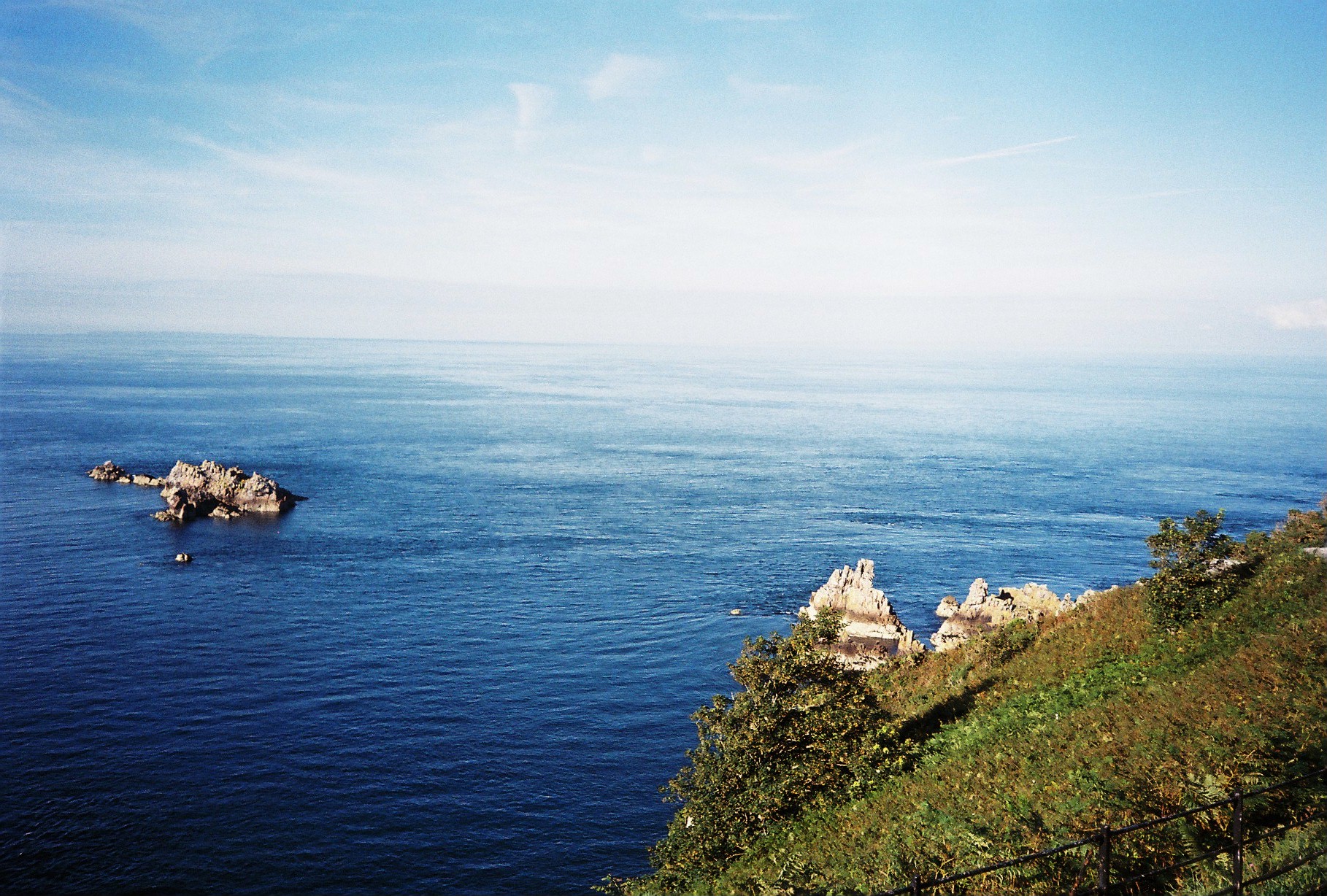
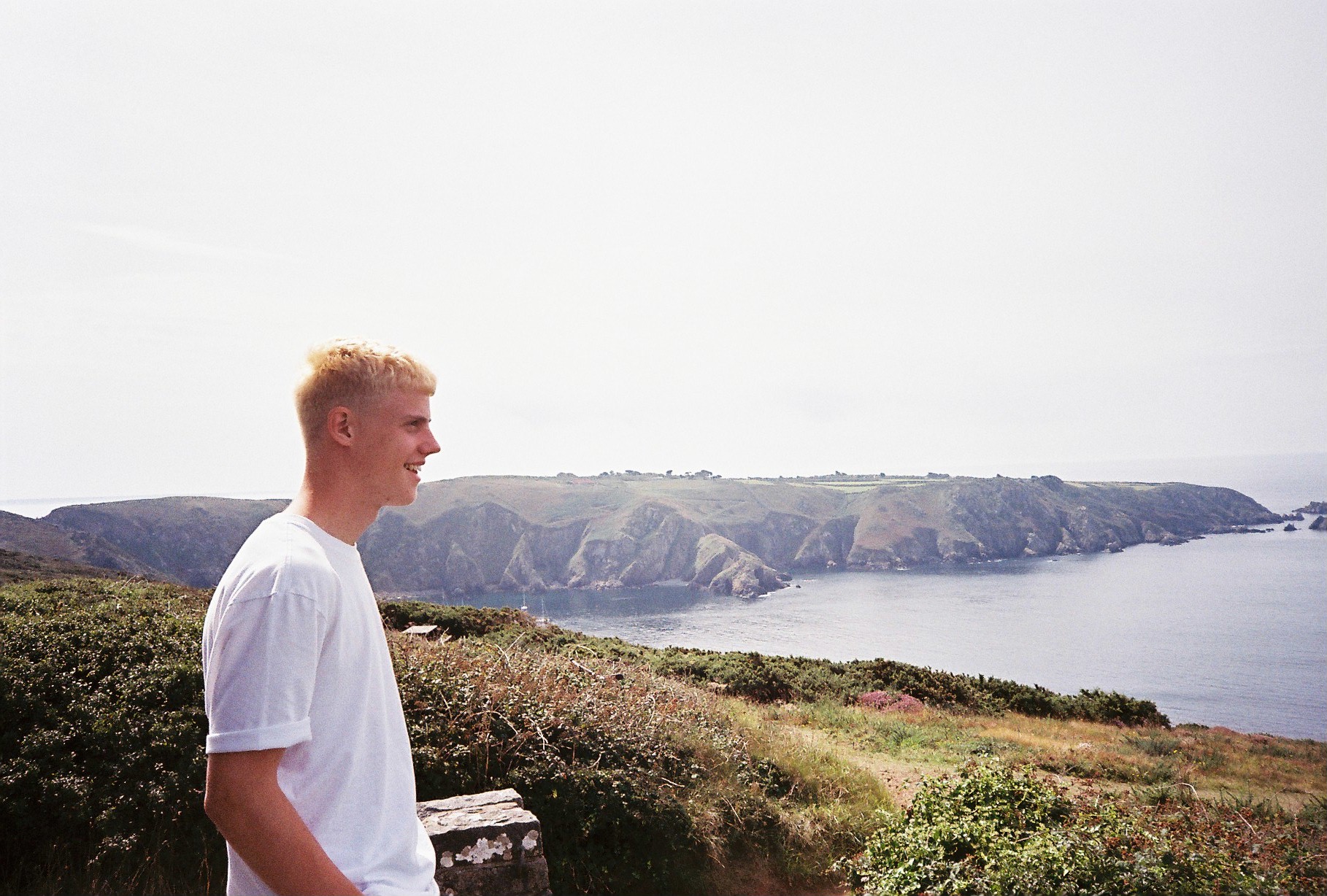


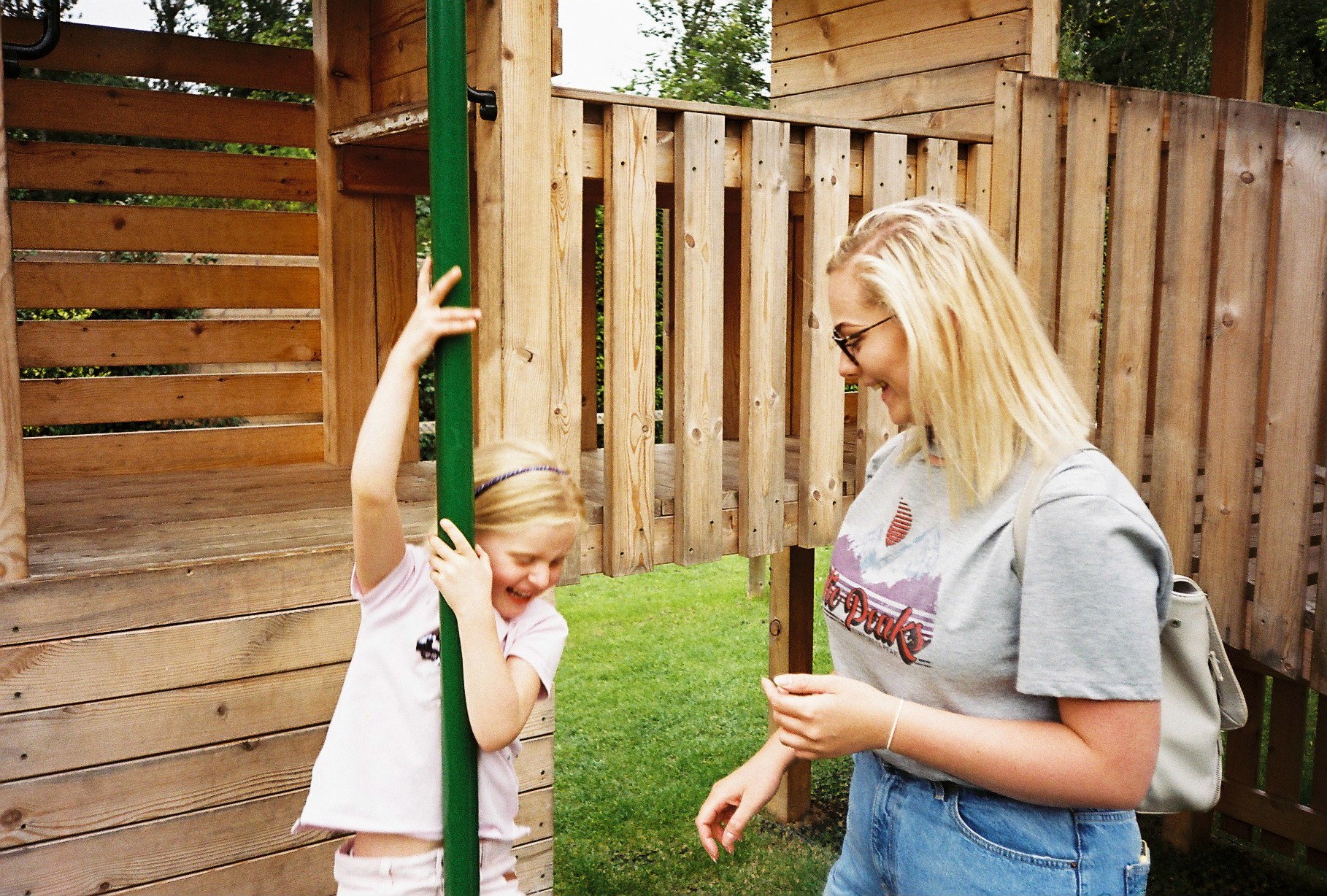

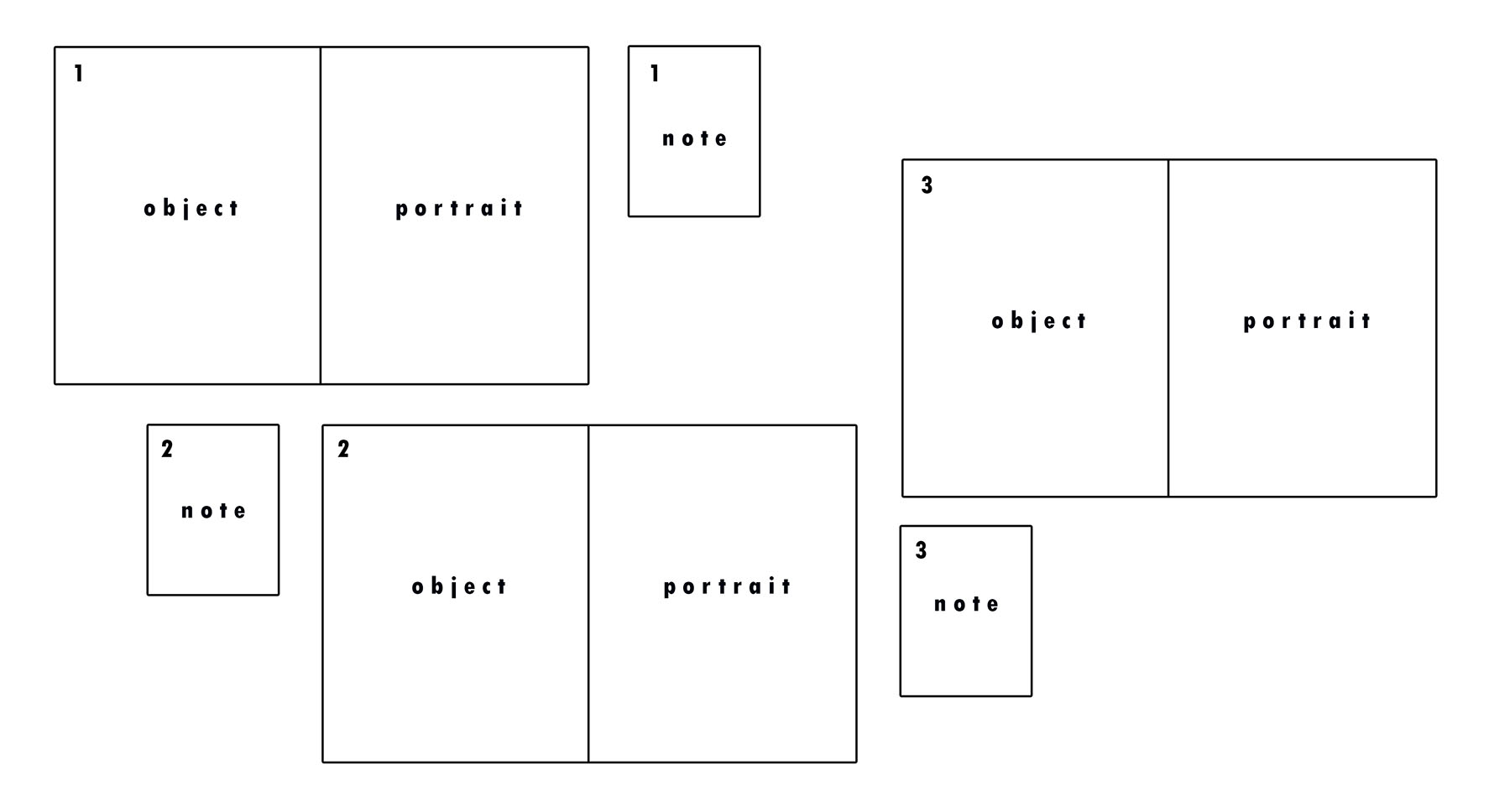
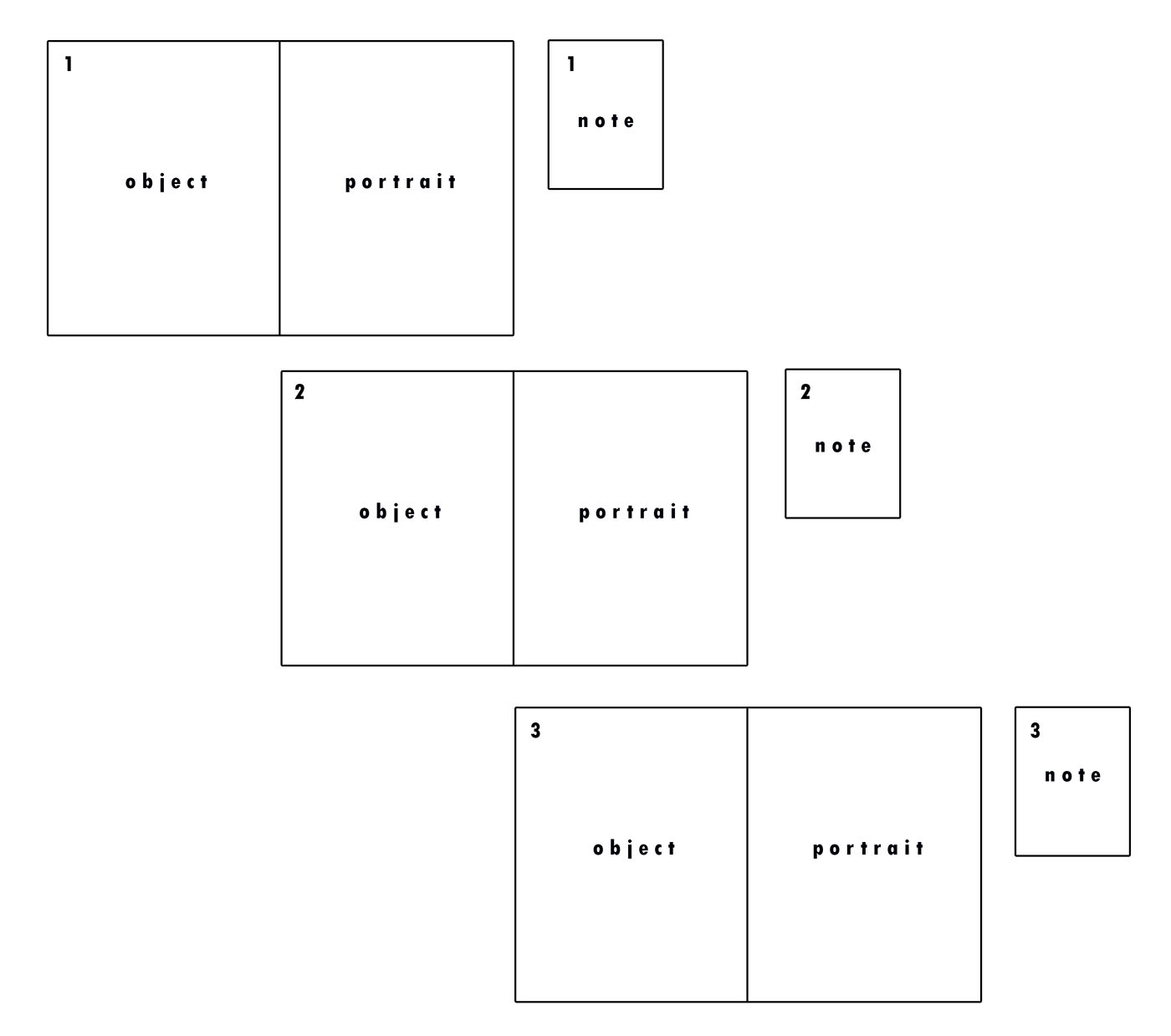
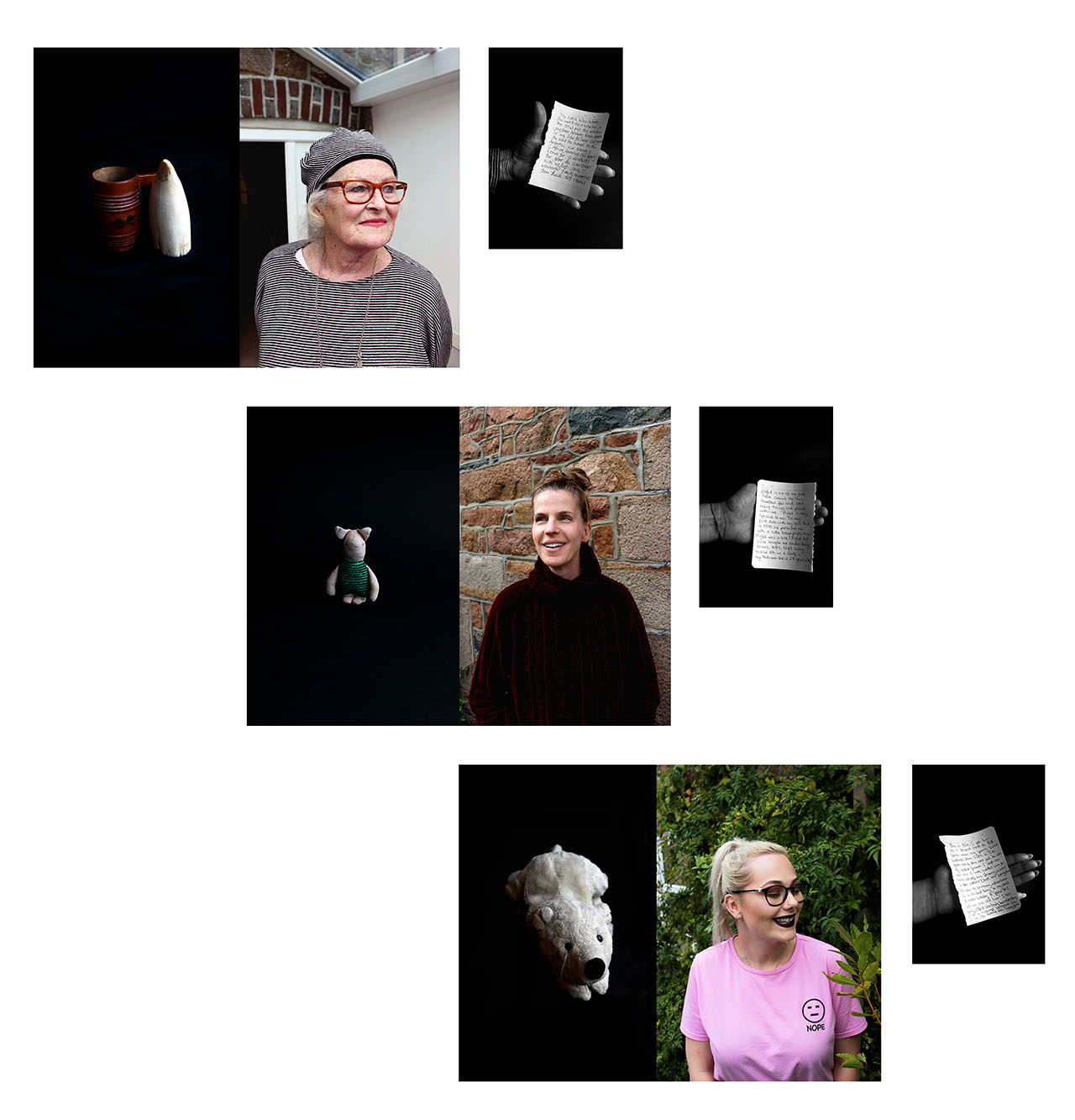

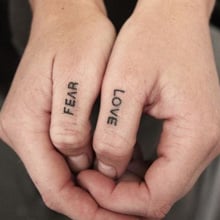


 “TO MY DARLING ALEX,
“TO MY DARLING ALEX, “TO MY DARLING KATHERINE
“TO MY DARLING KATHERINE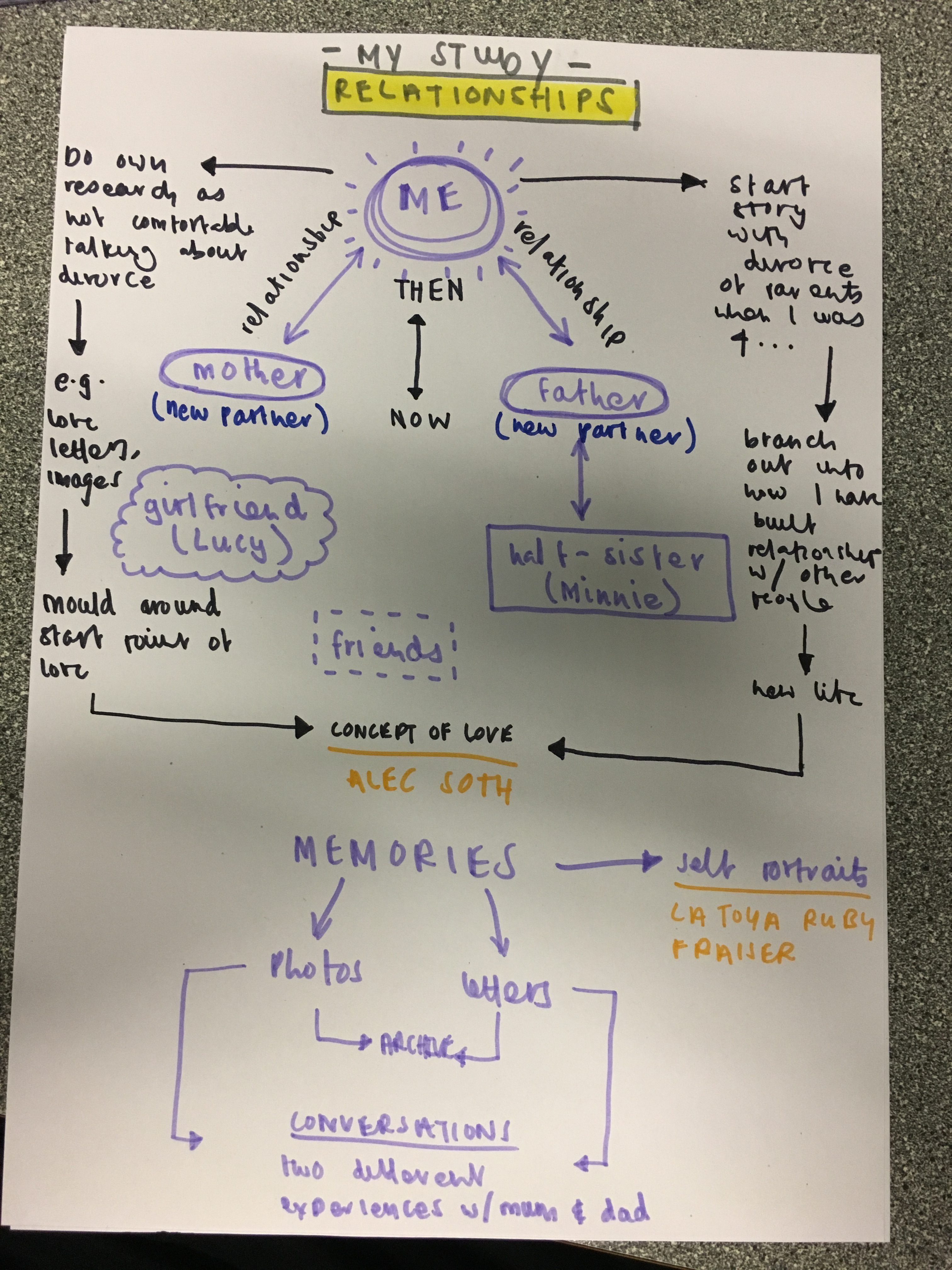

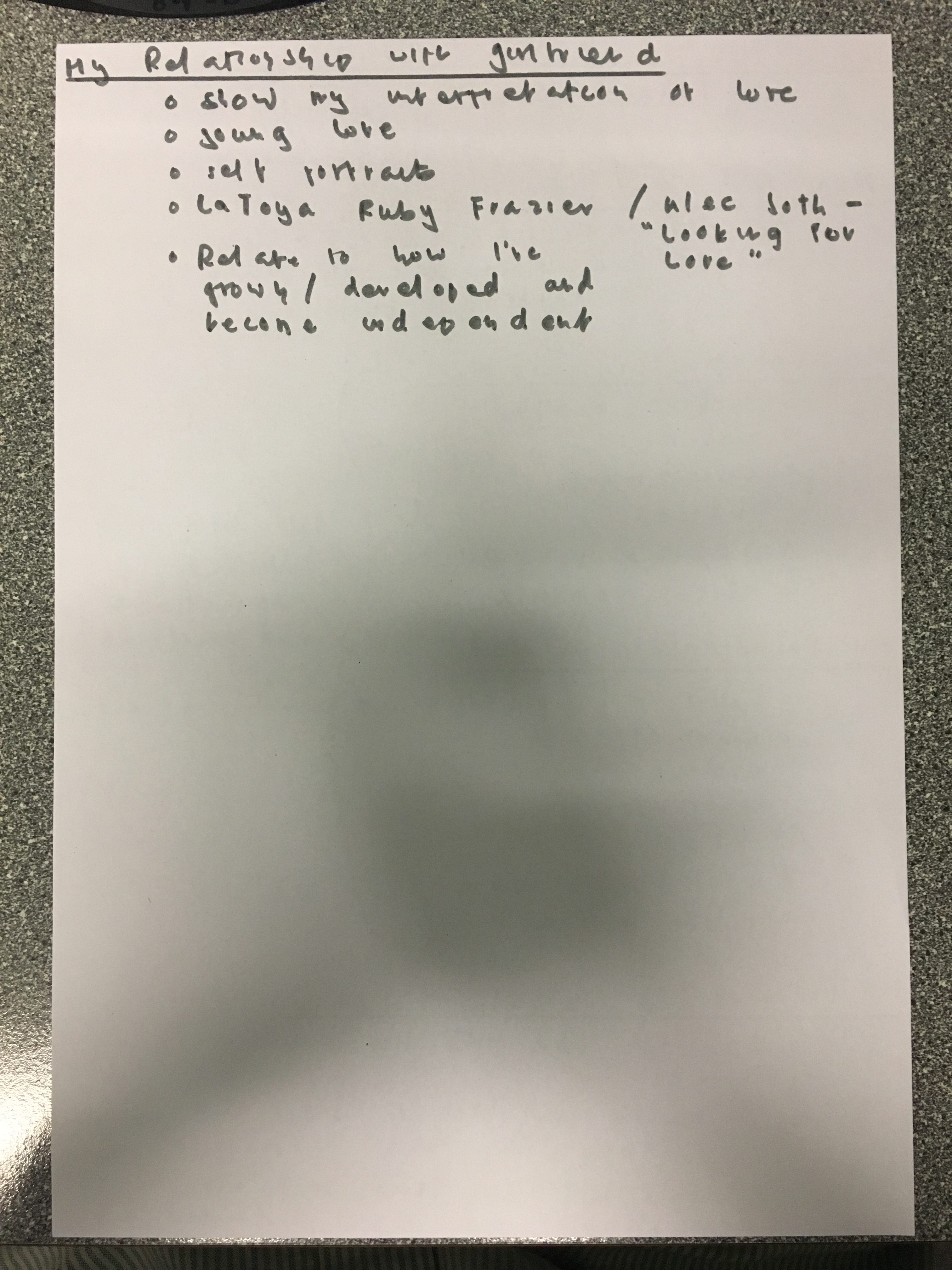







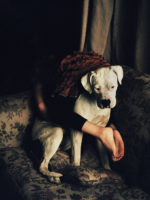
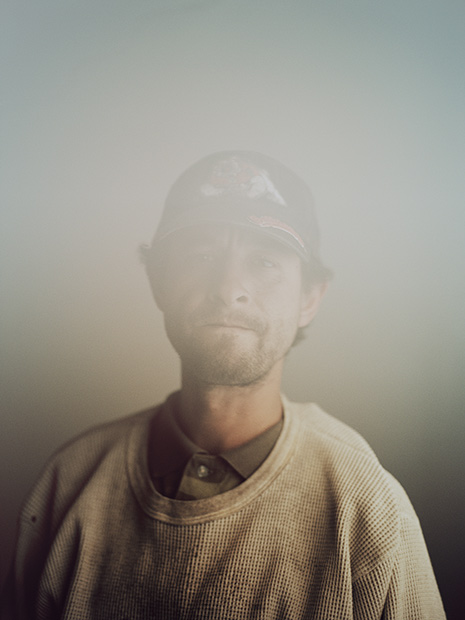


 Rita Puig-Serra Costa’s work is very captivating and speaks lots about family and the relatives within shown through the thoughtful use of showing a family tree through the archival portraits of her family members.
Rita Puig-Serra Costa’s work is very captivating and speaks lots about family and the relatives within shown through the thoughtful use of showing a family tree through the archival portraits of her family members.




